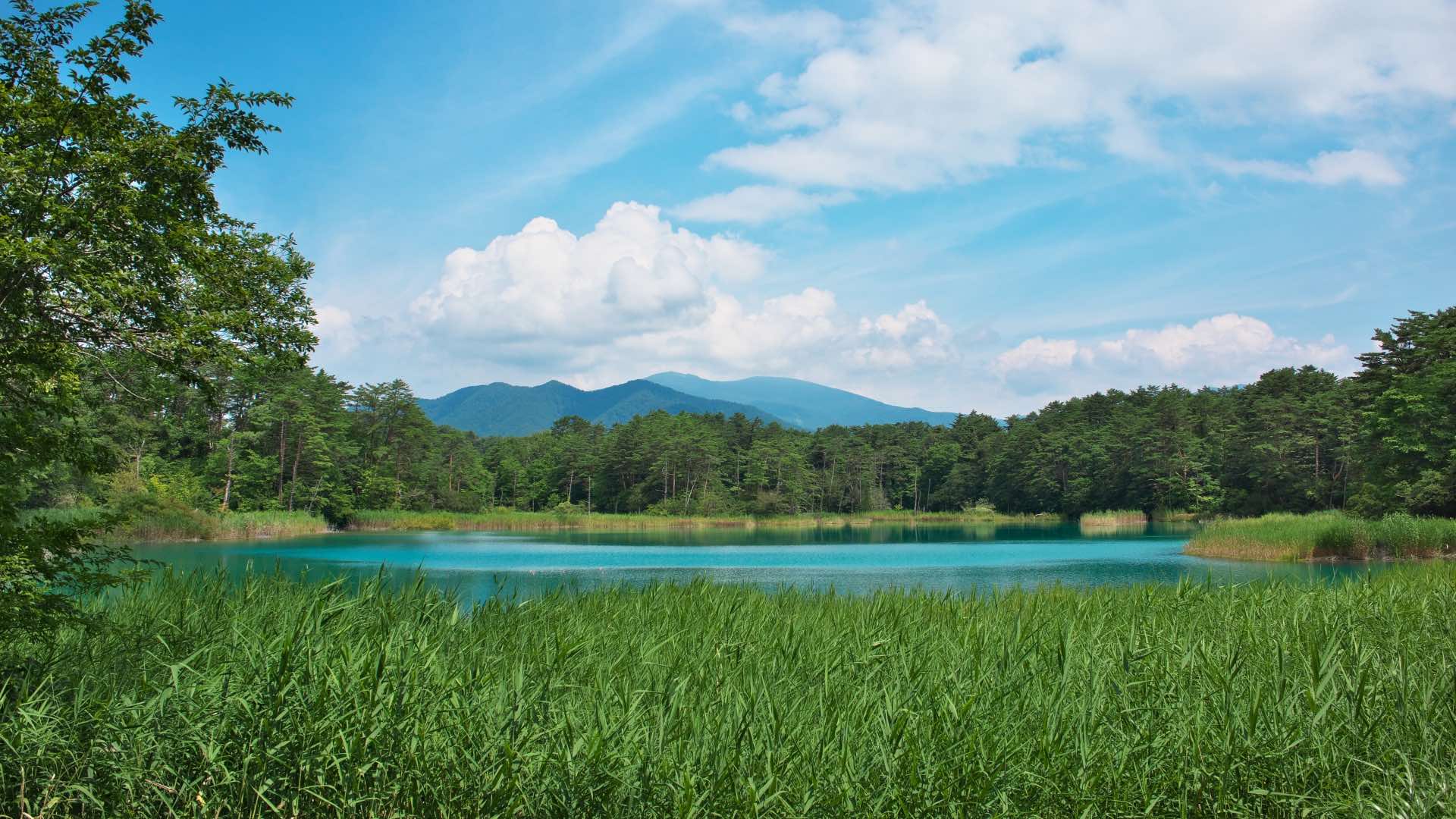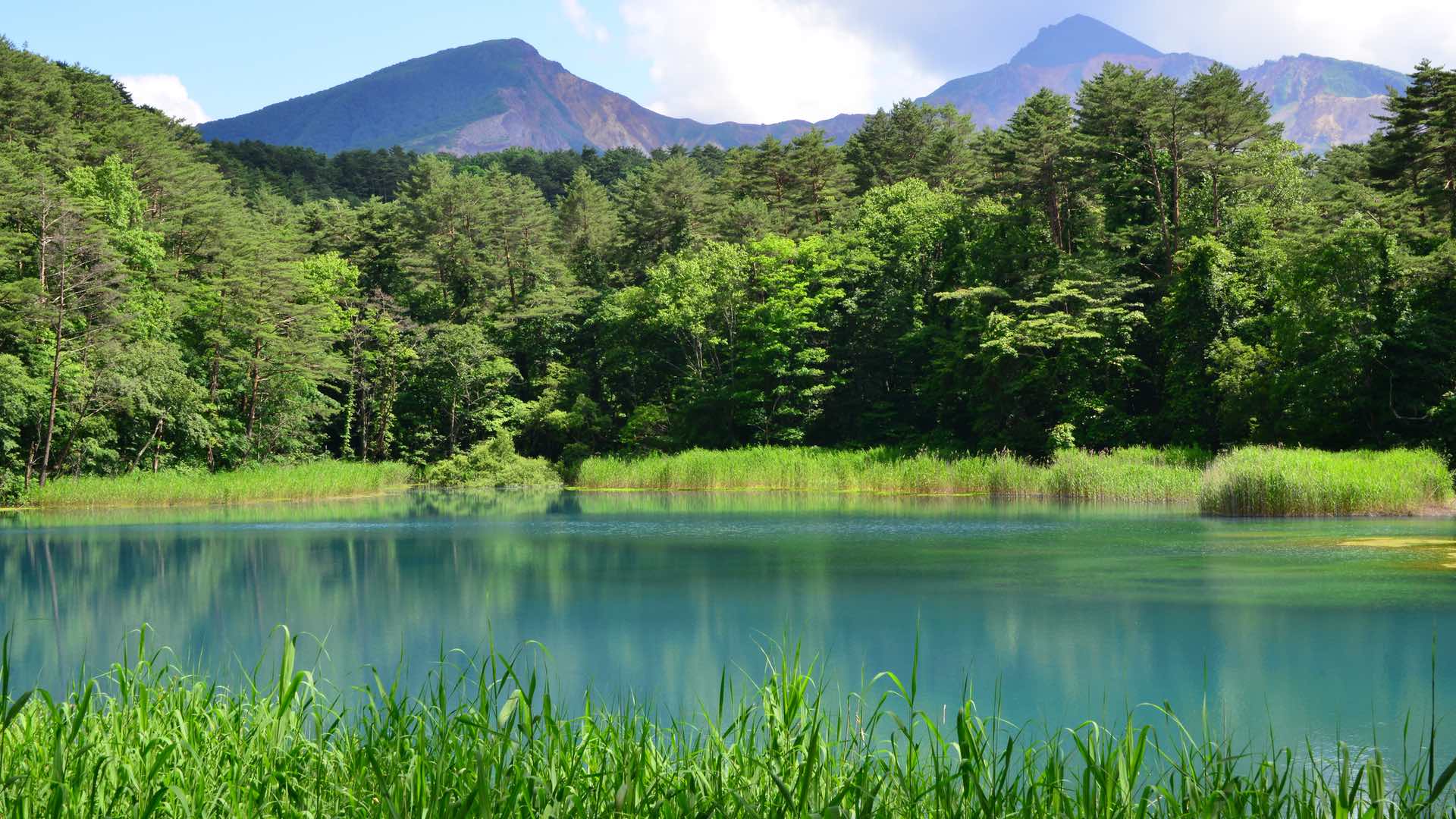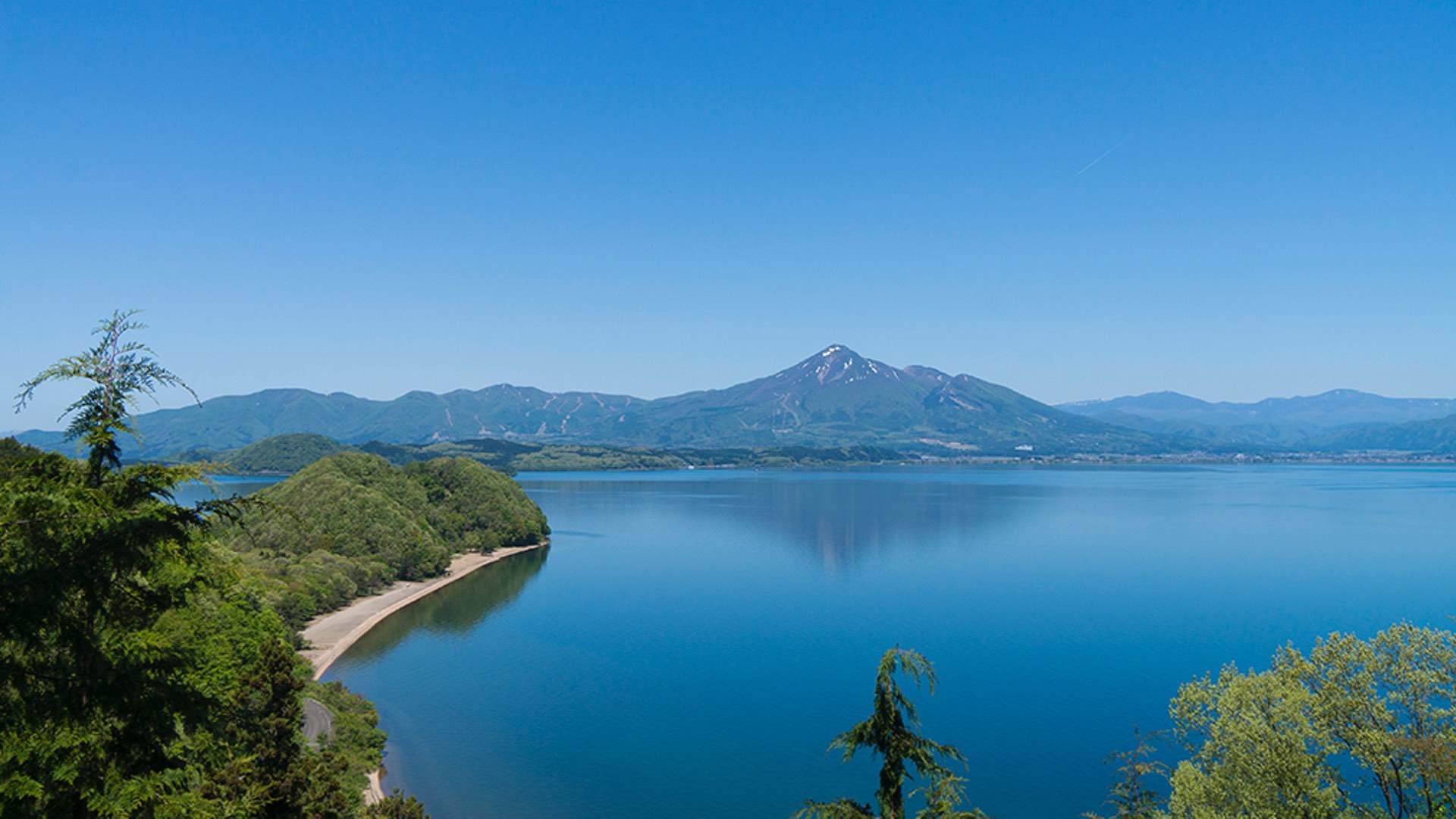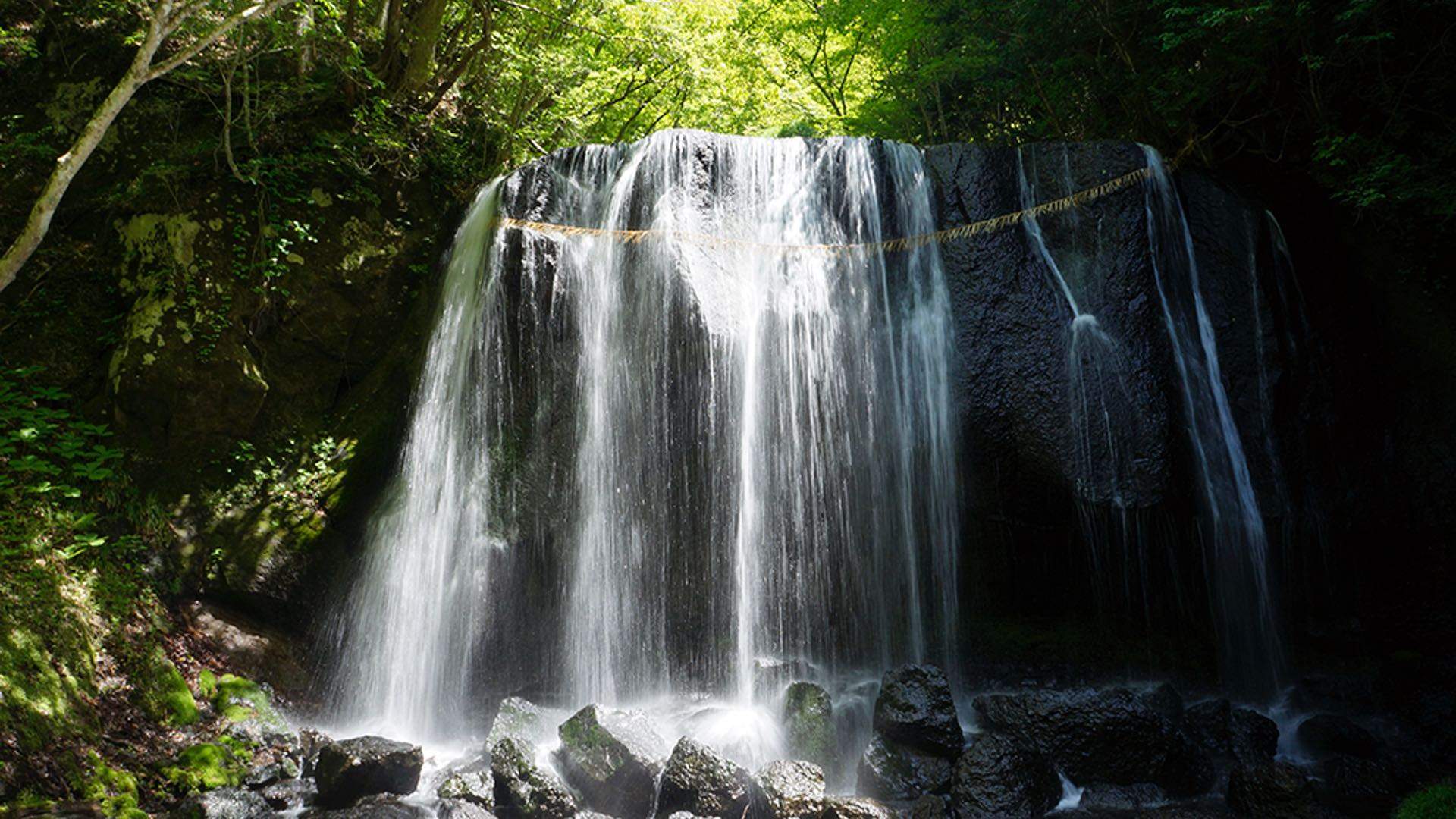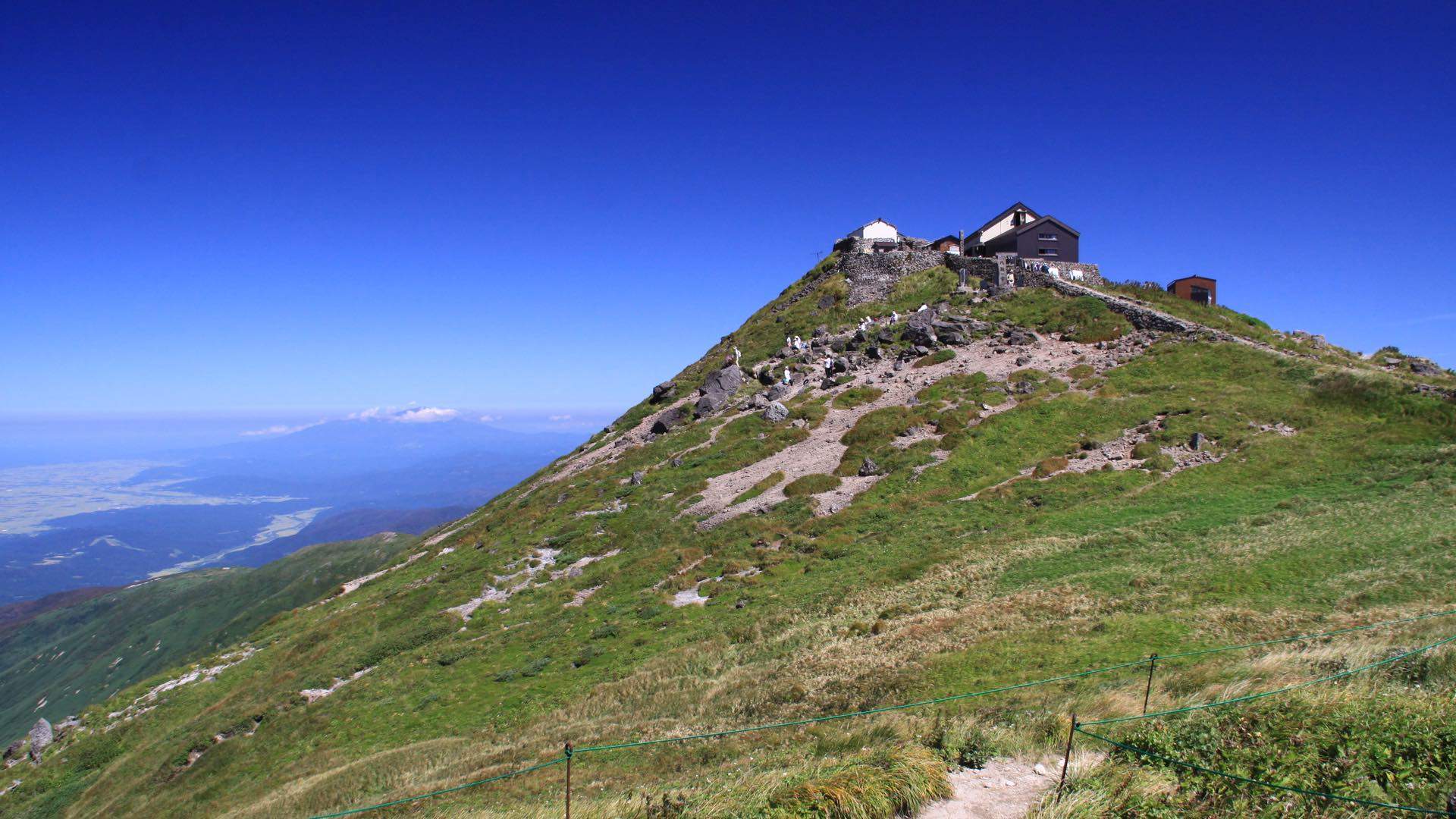Five Nature Trails to Complete When You Visit Japan's Stunning Tohoku Region
Head north of Tokyo to hike epic mountains, swim in luminous lakes and chase soaring waterfalls.
In partnership with
Exploring the sprawling, popular metropolises of Tokyo and Osaka undoubtedly makes for a great holiday, but your visit to Japan isn't complete until you escape the crowds and experience the countryside. The stunning vistas are the perfect antidote to the hectic buzz of the major cities, and give you the chance to explore sacred mountaintops, luminous lakes and soaring waterfalls.
Located just a couple of hours north of Tokyo via shinkansen (bullet train), the region of Tohoku — which literally means 'northeast' — is an ideal escape for your next visit to Japan. It makes for a special destination all year round with some of the nation's most striking landscapes dotted throughout six prefectures: Aomori, Akita, Fukushima, Iwate, Miyagi and Yamagata.
So, to provide you with some inspiration, we've picked out five unbeatable nature trails that won't have you missing the city anytime soon.

GOSHIKI-NUMA
It might come as a surprise to learn that a place as beautiful as Goshiki-numa can be just 100 years old. Also known as the Five Coloured Lakes, they sprung to life in 1888 when the nearby Mount Bandai erupted, spewing aluminium and silicon into the water and resulting in the clear, turquoise lakes that are a a major attraction for locals and tourists today. A four-kilometre path that links the lakes is a relaxing walk, with plenty of elevated viewing platforms to snap some great shots. There's also the chance to rent a rowboat and live our your Studio Ghibli dreams as you push across Bishamon-numa, the largest of the lakes on offer.

LAKE INAWASHIRO
In the shadow of Mount Bandai, Lake Inawashiro is another picturesque spot that offers visitors some incredible outdoorsy opportunities. Throughout the warmer months of the year, the lake is a popular spot for locals to carve up the water on a jet ski, while winter brings a raft of snow sports enthusiasts out of the woodwork. If the weather's nice and clear, take the 3.6-kilometre path on the north side of the lake for some of the best views of Mount Bandai. And, once you've taken a dip in the pristine waters and dried off on the sandy lake beach, your next stop has to be the nearby Morohashi Museum of Modern Art. It has the third largest collection of Salvador Dali artworks in the world, with around 330 of his pieces on display.

TATSUZAWA FUDO FALLS
As you explore Tohoku, you'll quickly realise that the region is home to many of Japan's most epic waterfalls. Located deep in the forests east of Lake Inawashiro, the Tatsuzawa Fudo Falls provide a tranquil pit stop during your trip. The short walk to the falls is surrounded by steep hillsides with trees clinging to the side, and, as you make your way to the end of the trail, you'll be welcomed by a free-flowing stream coming over the rocks from high above. These hidden falls are particularly special to visit during the warmer months, as the thick treetops provide a great escape from the humidity of the countryside.

MOUNT HAGURO
Considered one of the most sacred mountains in the region, Mount Haguro is one of the must-do hikes in Tohoku. The walk starts at the Zuishinmon Gate — from there, you'll delve into this ancient forest of cedar trees and climb up 2446 stone steps that have been designated a Japanese national treasure. Along the serene two-kilometre path that winds its way through the forest, there are some fascinating sights to explore. But the Five-Storey Pagoda is certainly the most impressive. Constructed in the iconic Kokerabuki-style over 600 years ago, it's especially notable due to its earthquake-proof design, which features an ingenious wooden pendulum that counterbalances the structure as it sways.

MOUNT GASSAN
For more than a thousand years, pilgrims have climbed to Mt. Gassan's 1984-metre summit. The tallest of the Dewa Sanzan, Yamagata's three sacred mountains, it's not uncommon to catch the Yamabushi mountain monks scaling its hillsides to this day. While Gassan might be the toughest climb in the region, it's well worth the effort once you witness the views from the top. While there are loads of ways to get to the peak, the four most popular routes range from nine to 15 kilometres, making for a very achieveable sunny day out on the mountainside. Note that it's only opened from July to September due to the weather.

Need more reasons to visit Japan's stunning Tohoku region? For more travel inspiration and to start planning your adventure, head this way.
